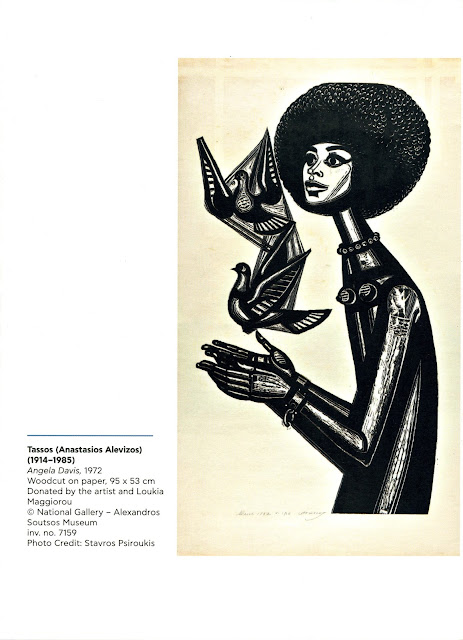In 2024, Greece marked the 50 year anniversary of the Metapolitefsi period, the regime change when the nation restored democratic government after the ignoble collapse of the seven year military dictatorship. The dictatorship was a brutal period for Greece. The Colonels repressed newspapers, killed university students, and banned political parties. Readers may wonder why I am bringing up this subject. In years to come, restoring honest democracy will be a critical political issue for the USA considering this administration's:
- abrupt turn to autocracy;
- Kakistocracy*;
- the attempt to destroy knowledge;
- purging of history;
- attempting to supplant artistic endeavors in favor of censorship and propaganda;
- and gross kleptocracy.
* "Kakistocracy (/ˌkækɪˈstɒkrəsi/ KAK-ist-OK-rə-see) is government by the worst, least qualified, or most unscrupulous people" (from Wikipedia) As usual, the Greeks had a term for incompetent and corrupt governance. But they may have never envisioned what we see in USA in 2025.
To honor the 50-year anniversary of the restoration of democracy in Greece, the National Gallery Alexandros Soutsos Museum in Athens mounted a collection of works by international artists who faced similar repression, hopes, and challenges. "We experience the liberating force unleashed on the collective body by the demand for democratic rights and investigate how the trauma of dictatorship was handled in the visual arts." (Text by Syrago Tsiara, Director / Exhibition Curator)
The following figures are some pages from the exhibit catalog.
 |
| Murdering Freedom |
When will we face the enemy here in USA? Will we be brave enough put the corrupt on trial and honest enough to establish a Truth and Reconciliation Commission? In five or ten decades, will museums host works by American artists who spoke out?
















































